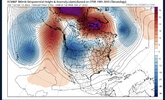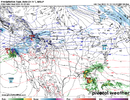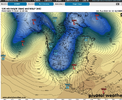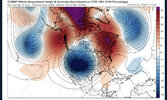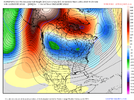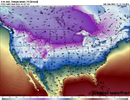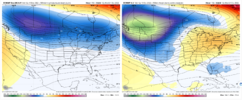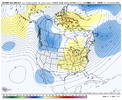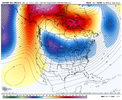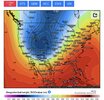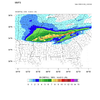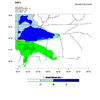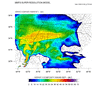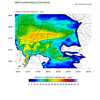Met1985
Member
Yes sir you are exactly right. To me personally give me temps from 20 to 30 degrees with plenty of moisture. Anything colder and it's hard to get a system through that strong of a high pressure.The other thing that I’ll point is that often when the cold air dives down hard like January 1994 for example, anything trying to come out of the southern stream get squashed to the southern Gulf or sheared out completely. Honestly,the January 1988 storm is a great example of how you want a cold airmass to come in.

